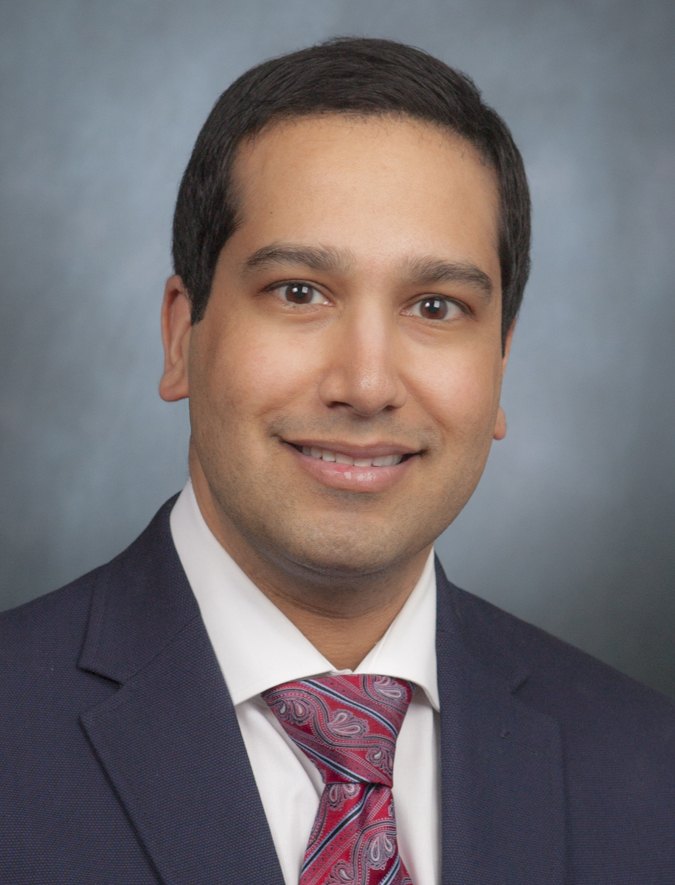Beyond the nasoseptal flap: outcomes and pearls with secondary flaps in endoscopic endonasal skull base reconstruction Journal Article
Local Library Link: Find It @ Loyola
| Authors: | Patel, M. R.; Taylor, R. J.; Hackman, T. G.; Germanwala, A. V.; Sasaki-Adams, D.; Ewend, M. G.; Zanation, A. M. |
| Article Title: | Beyond the nasoseptal flap: outcomes and pearls with secondary flaps in endoscopic endonasal skull base reconstruction |
| Abstract: | OBJECTIVES/HYPOTHESIS: Endoscopic endonasal skull base surgery defects require effective reconstruction. Although the nasoseptal flap (NSF) has become our institution's workhorse for large skull base defects with cerebrospinal fluid (CSF) leaks, situations where it is unavailable require secondary flaps. Clinical outcomes, pearls and pitfalls, and an algorithm will be presented for these secondary flaps. STUDY DESIGN: Clinical case series. METHODS: Medical records of all endoscopic endonasal skull base surgeries at a tertiary care academic medical center were reviewed for skull base defect type, reconstruction method, CSF leak rate, and flap necrosis rate. RESULTS: Of 330 flaps for reconstructing endoscopic endonasal skull base defects, secondary flaps were used in 34 cases (10%). These included 16 endoscopic-assisted pericranial flaps, seven tunneled temporoparietal fascia flaps, three inferior turbinate flaps, two middle turbinate flaps, two anterior lateral nasal wall flaps, two palatal flaps, one occipital flap, and one facial artery buccinator flap. There were 19 anterior cranial fossa defects, 10 clival defects, three sellar defects, and one frontal and one lateral orbit/middle fossa defect. Twenty-five of the 34 cases (73.5%) had either prior or postoperative radiation therapy. The most common pathology was sinonasal cancer, with 16 cases (47.1%). The postoperative CSF leak rate was 3.6% due to one middle turbinate flap necrosis. CONCLUSIONS: Secondary flaps for skull base reconstruction can be harvested with minimally invasive techniques and demonstrate excellent success rates (97%) that are comparable to that of the NSF (>95%). Multiple flaps for complex skull base defects should be in the armamentarium of comprehensive skull base surgery centers. LEVEL OF EVIDENCE: 4. |
| Journal Title: | The Laryngoscope |
| Volume: | 124 |
| Issue: | 4 |
| ISSN: | 1531-4995; 0023-852X |
| Publisher: | The American Laryngological, Rhinological and Otological Society, Inc |
| Journal Place: | United States |
| Date Published: | 2014 |
| Start Page: | 846 |
| End Page: | 852 |
| Language: | eng |
| DOI/URL: | |
| Notes: | LR: 20141120; CI: (c) 2014; JID: 8607378; OTO: NOTNLM; 2013/06/28 [revised]; 2013/06/28 [accepted]; 2014/01/15 [aheadofprint]; ppublish |
LUC Authors
-
 49
49Germanwala
Related LUC Article
